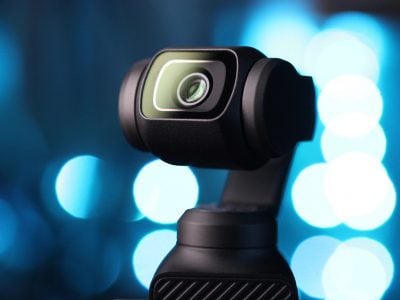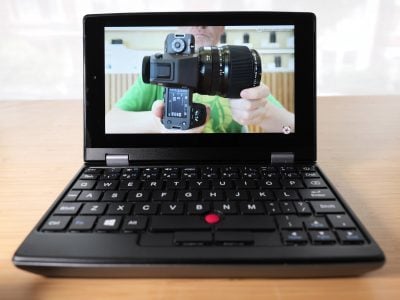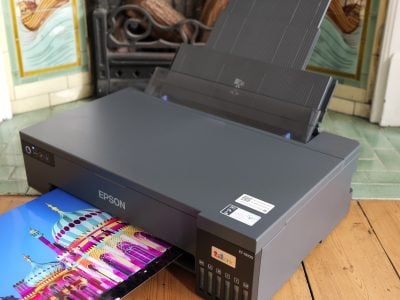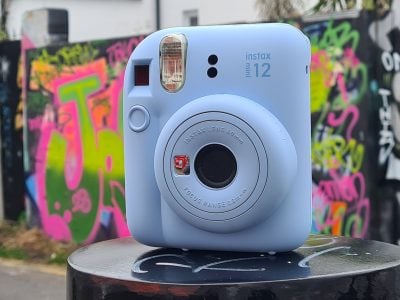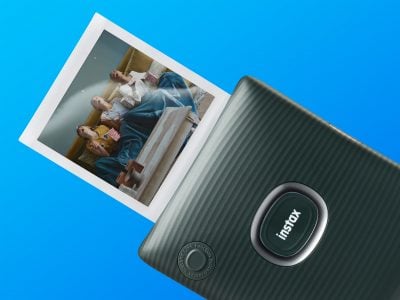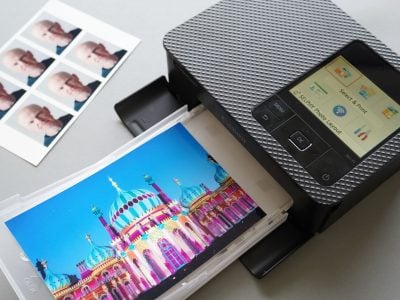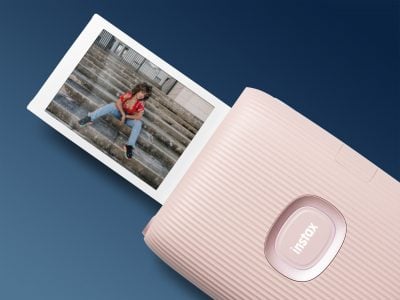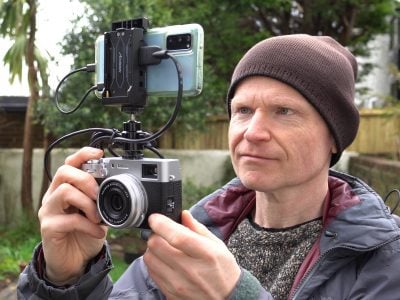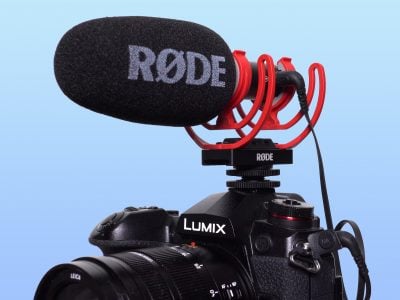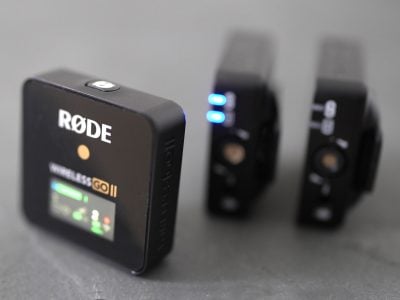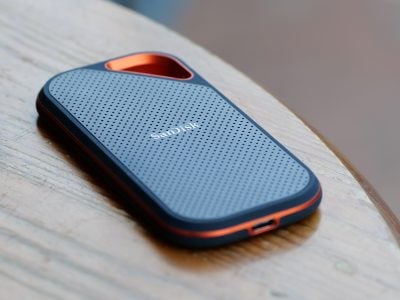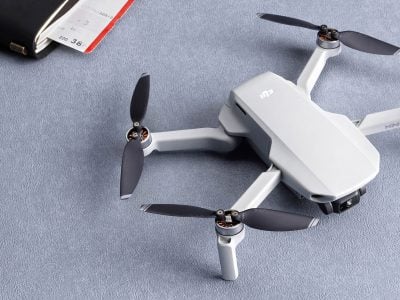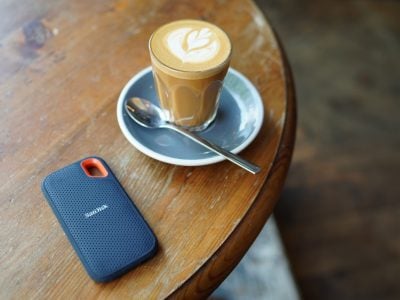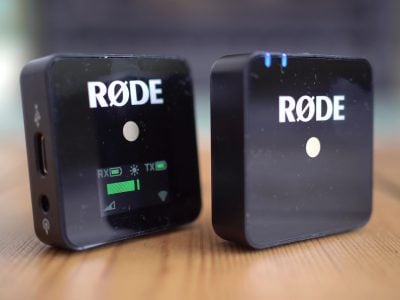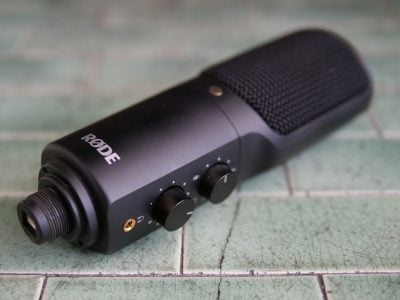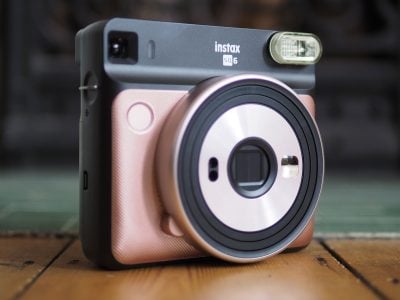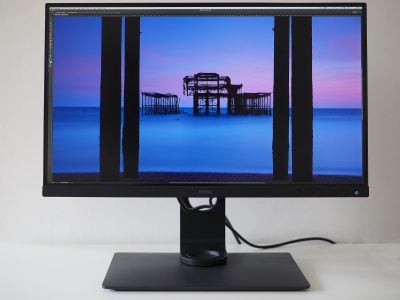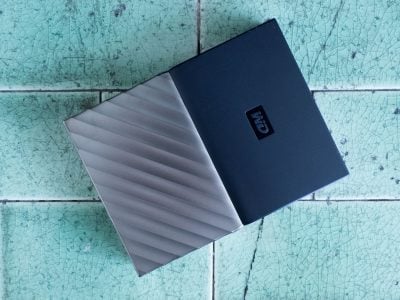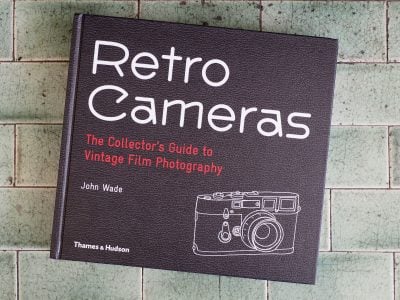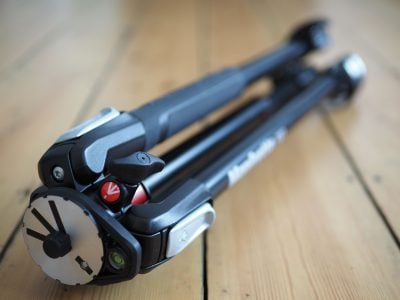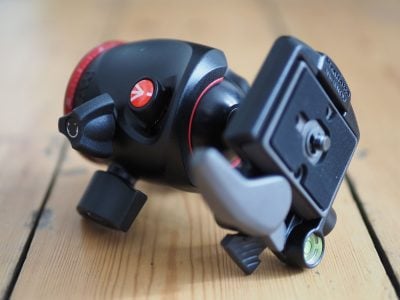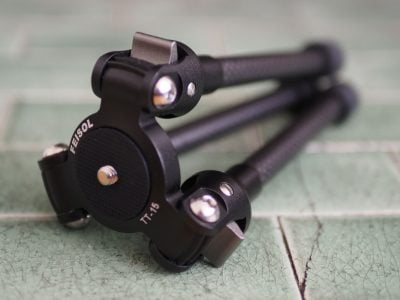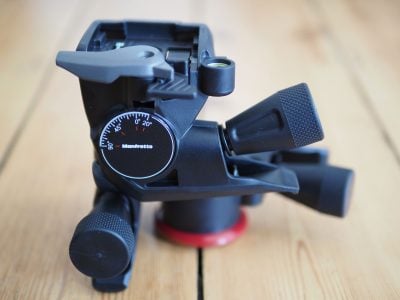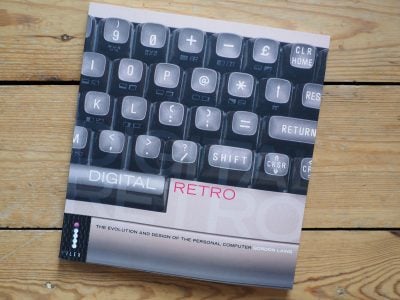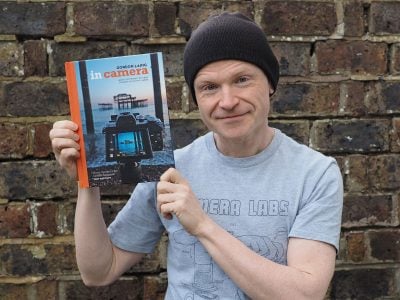The SanDisk Extreme Pro v2 Portable SSD is a rugged, pocket-sized drive that connects to new and old USB ports and boasts read and write speeds up to 2000 Megabyte/s. It works with Macs and PCs, as well as some phones, tablets, games consoles and even cinema cameras, but do check for compatibility. It’s compact, easily slipping into any pocket and the absence of moving parts makes it more robust and tolerant than mechanical drives. The IP-55 rating shrugs-off mild splashes, while the lightness means it can dangle from its short cable without damaging your ports - ideal for laptop workers who have to get up or move around. But it’s the speed that really impresses - when connected to common USB 3.1 Gen 2 ports rated at 10Gbit/s, such as those on modern Macs, I achieved actual data rates approaching 1000 Megabyte/s for reads and writes, making it possible to edit demanding video straight-off the drive, or copy large folders of images quickly. The Pro v2 models are actually capable of faster speeds still, up to 2000 Megabyte/s, but you’ll need a USB 3.2 Gen 2x2 port specifically rated at 20Gbit/s and these are rare at the time of testing. So unless you intend to get a new computer, laptop or expansion card with 20Gbit/s USB ports in the future, I’d save a little money and go for the Pro v1 drives rated at 1050 Megabyte/s. Whichever model you choose though, I strongly believe everyone needs at least one portable drive, and if you value speed, size and robustness, SanDisk’s Extreme range is a compelling proposition at a variety of speeds, sizes and prices.
Check prices on the SanDisk Extreme Pro Portable SSD at Amazon, B&H, Adorama or WEX! Alternatively get yourself a copy of my In Camera book or treat me to a coffee! Thanks!
